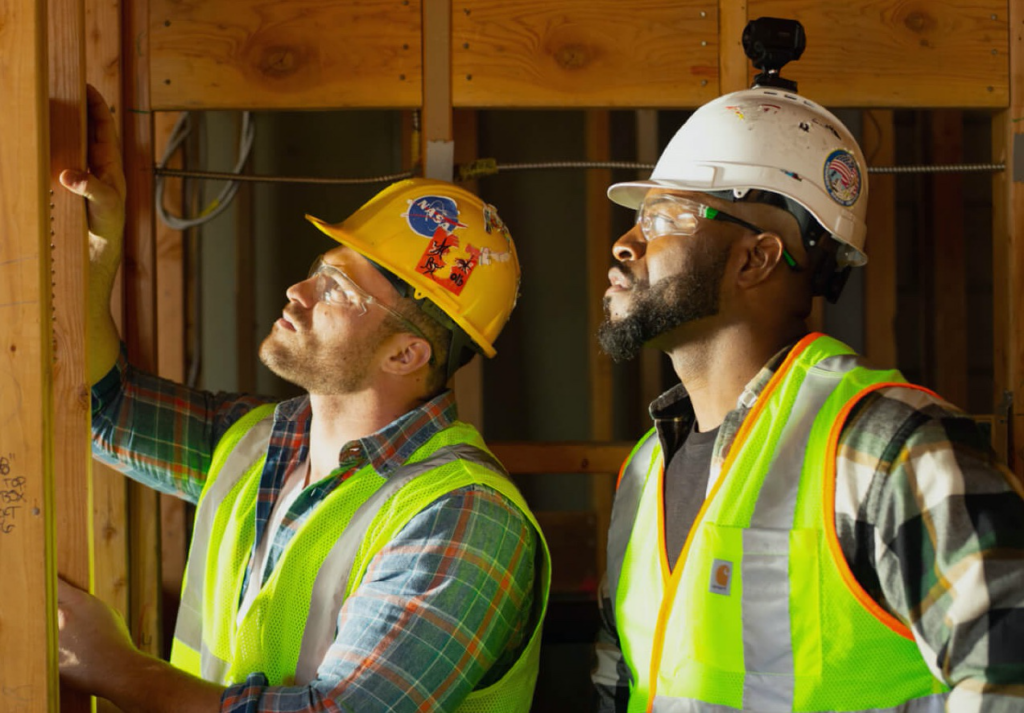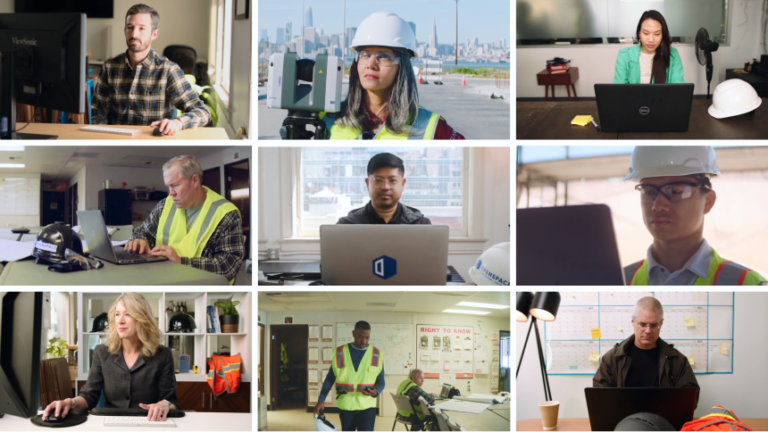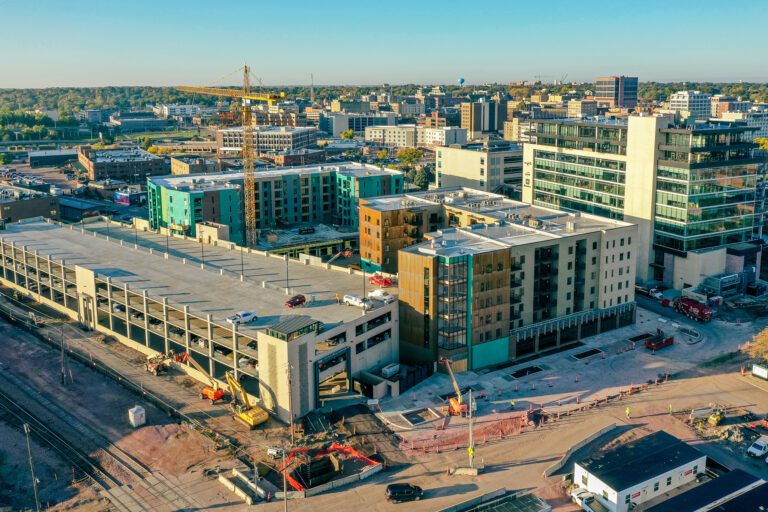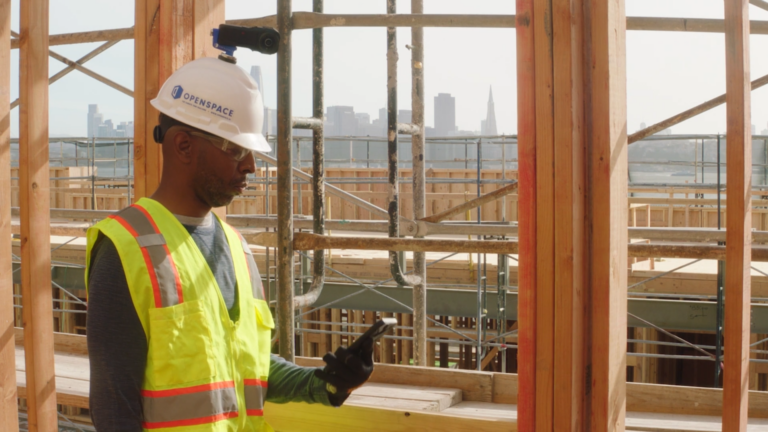Construction is a team sport. To succeed, projects need careful alignment in vision and execution across stakeholders throughout the stages of planning, designing, and constructing a building. For centuries, this has meant groups of individuals being physically present on the jobsite to discuss decision points. However, the pandemic has forced us to rethink that process—every industry has had to reimagine the way it works, and construction is no exception. Instead of bringing the experts to the jobsite as we’ve long done, we’ve had to seek ways to do the reverse: bring the jobsite to the experts.
One way to do this is with regular photo documentation to create a “digital twin” of a jobsite that remote parties can view and navigate to make key decisions and track progress. Historically, creating a complete photo record of a site has been time-consuming, but thanks to advances in cameras, computer vision, and cloud computing, we’re now able to automate the entire process. We believe that this level of automation will be hugely beneficial to builders, freeing up time to focus on building rather than photographing. Our customers have validated this hypothesis; they have now captured more than two billion square feet of jobsite imagery using our product.
Before the pandemic, the adoption of technology like ours was still widely considered “cutting-edge” rather than “mainstream.” But the need for social distancing and a new approach to working jobsites has changed that perspective, making remote collaboration technologies like OpenSpace “must-have” tools. We’re thankful to have played a part in keeping builders building during this difficult time, but even as things return to normal, we also believe that firms can continue to reap the benefits of automated photo documentation and site analysis. Decreasing site visits, improving remote collaboration, and increasing transparency on progress have been vital to builders in the past few months and will continue to help save on costs, time, and confusion in normal situations as well. Now that photo documentation and analysis have become more widespread, we believe these tools will become ubiquitous—a proven part of the workflow that helps make an incredibly challenging and important job just a little bit easier.
A Catalyst for Innovation
On any given day before March 2020, The Boldt Company had about 225 people on the jobsite for its project at the Children’s Hospital of Wisconsin. When shelter-in-place orders were passed, Boldt teams found themselves tied up in coordinating video calls and sending site photos among relevant parties to continue essential operations while socially distanced. They brought in OpenSpace as a reaction to COVID-19 to help coordinate and update stakeholders, but are now confident that their use of OpenSpace will “go beyond just the current times.” Decision-makers are no longer limited by their ability to travel to sites, and can easily and frequently check in on jobsite progress from anywhere.
A Lift for Builder Productivity
Construction is an industry with slim margins. Many firms, especially those with smaller budgets or workforces, need to see a quick return on investment when they onboard a new technology, in order to start seeing benefits without having to put in lots of upfront work. HAP Construction told us that the company was able to teach an intern how to use OpenSpace in less than 20 minutes, and from the first site walk saw value in automated jobsite documentation that was 10x faster than manual capture for a residential project spanning 300,000 square feet. The team originally began using OpenSpace in 2019 but found additional value in virtually confirming work completion to release payments during restricted site access. Even once sites return to normal, HAP plans to continue using OpenSpace for benefits in efficiency and completeness of site documentation.
The “Force Multiplier”
Joeris General Contractors first adopted OpenSpace pre-pandemic to help avoid reworks in remodeling a 90,000 square feet elementary school. The company quickly saw value in comparing site documentation with the BIM model to identify the unknowns involved when installing new systems in old buildings. After site access was restricted due to the pandemic, OpenSpace enabled continued collaboration across owners, architects, engineers, and builders through virtual walkthroughs. The Project Manager refers to OpenSpace as a “force multiplier” because it saves time on documentation and communication, and plans to continue using our technology on future projects.
Automated Photo Documentation: The New Normal
Builders need to build now more than ever, and the past few months have shown us that automating photo documentation can extend their impact to build more hospitals, housing, schools, and other critical infrastructure. Having a digitized source of truth helps improve coordination and streamline reviews, regardless of whether stakeholders can visit the site in person. We sincerely hope that jobsites can get back to normal soon, but once in-person restrictions are lifted, we believe that photo documentation and AI-powered analytics will still bring real benefits to builders. In the not-too-distant future, small 360° cameras on hardhats will be as common to see on jobsites as a hammer and nail!
We’re always looking for new ways to harness the power of technology to help builders. Have an upcoming project that could benefit from OpenSpace? Reach out, we’d love to chat.



